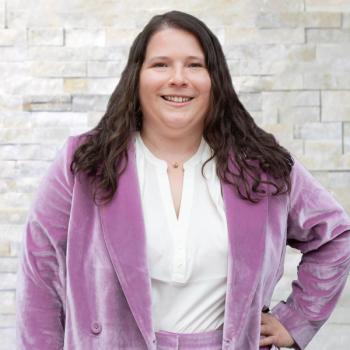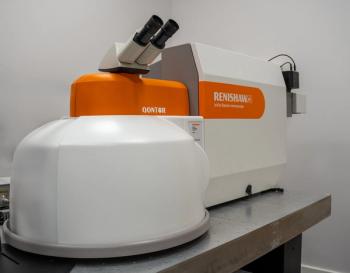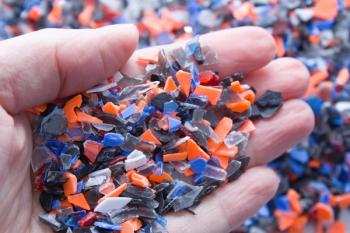
Melissa Fernandez and Jessica Hellinger Presented with SAS Undergraduate Award at SciX
The Society for Applied Spectroscopy (SAS) presented students Melissa Fernandez and Jessica Hellinger with the SAS Undergraduate Student Award on Sunday, October 13, at SciX 2019 in Palm Springs, California.
The Society for Applied Spectroscopy (SAS) presented students Melissa Fernandez and Jessica Hellinger with the SAS Undergraduate Student Award on Sunday, October 13, at SciX 2019 in Palm Springs, California. The award is given to junior or senior undergraduate students in recognition of outstanding research in the area of spectroscopy.
Fernandez is an undergraduate biomedical engineering student at South Dakota School of Mines (Rapid City, South Dakota), where she is pursuing a medical career in oncology. With two years of experience working toward her goals, she has learned valuable scientific techniques that will help her to become a better physician. Her award recognizes her work in the development of portable and near-real time analytical technology for carcinogen detection, STEM education among the public, and statistical analysis using chemometrics.
Hellinger studied chemistry at Rensselaer Polytechnic Institute (RPI)in Troy, New York. She received the Research in Science and Engineering (RISE) internship under DAAD, the German Academic Exchange Service. There, she worked in Prof. Carsten Englehard’s laboratory in Seigen, Germany, analyzing sliver nanoparticles in fish using inductively coupled plasma–mass spectrometry. Over the last three years she has been part of Prof. Jacob Shelley’s laboratory at RPI, working to pair mass spectrometry and optical emission spectroscopy using a solution cathode glow discharge ionization source. Her award is in recognition of a project to simultaneously obtain elemental and small molecule information with a novel plasma source, the Solution Cathode Glow Discharge (SCGD), via optical emission spectroscopy and mass spectrometry.
Newsletter
Get essential updates on the latest spectroscopy technologies, regulatory standards, and best practices—subscribe today to Spectroscopy.



